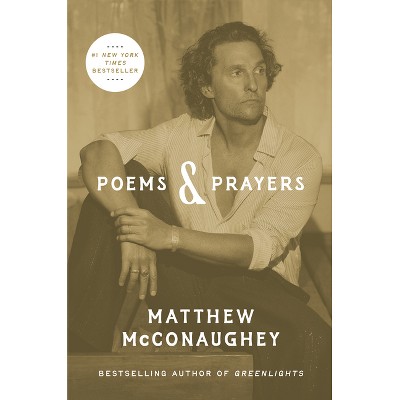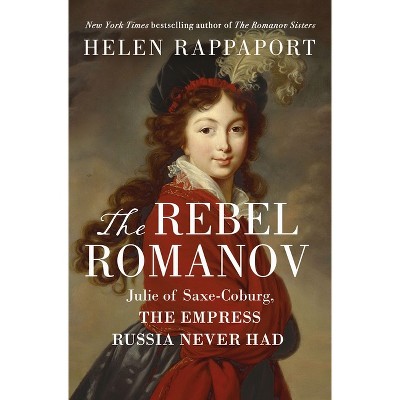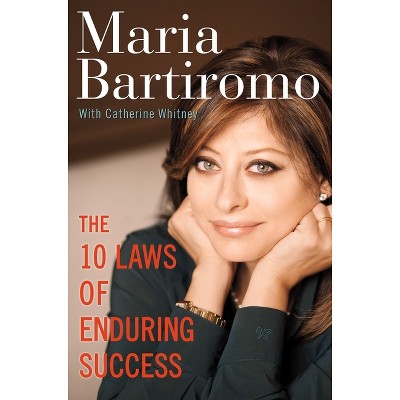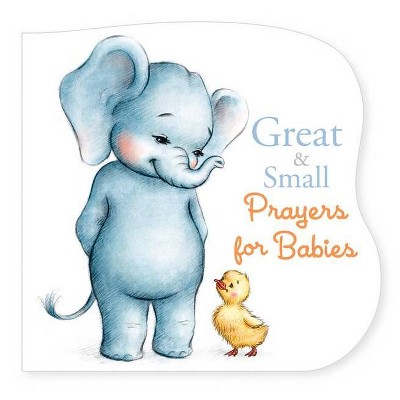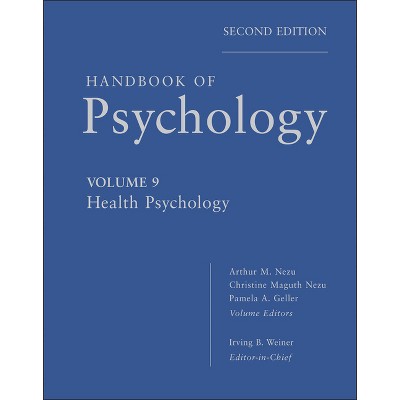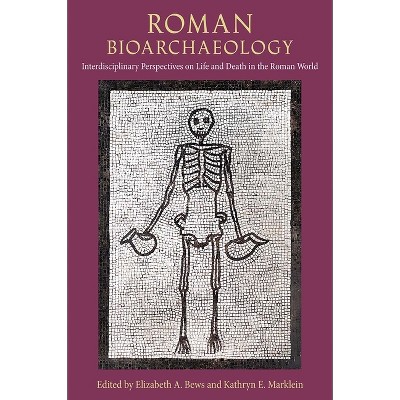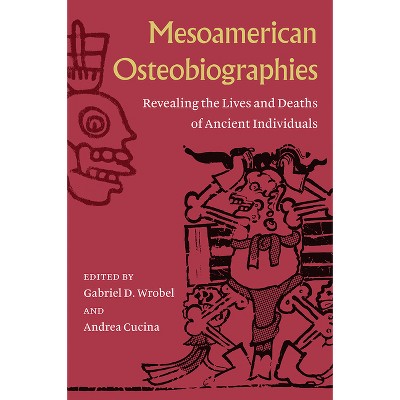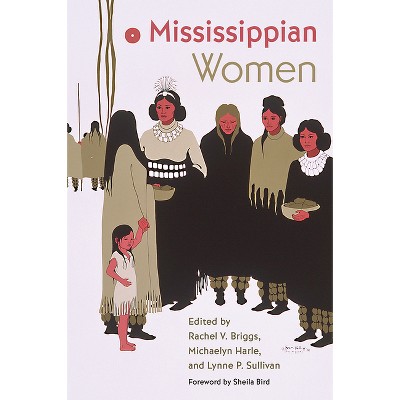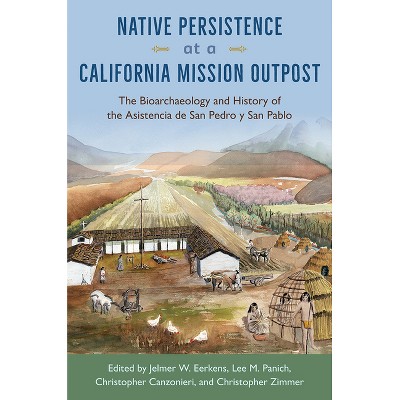Sponsored

Becoming Object - by Pamela L Geller (Paperback)
In Stock
Sponsored
About this item
Highlights
- A biohistoric investigation of a controversial museum collection This book considers the vast collection of skulls amassed by Samuel Morton in the first half of the nineteenth century.
- Author(s): Pamela L Geller
- 308 Pages
- Social Science, Anthropology
Description
About the Book
This book considers the vast collection of skulls amassed by Samuel Morton in the first half of the nineteenth century, using a biohistoric approach to take a close look at the times in which Morton lived, his work, and its complicated legacy.Book Synopsis
A biohistoric investigation of a controversial museum collection
This book considers the vast collection of skulls amassed by Samuel Morton in the first half of the nineteenth century. Craniometric studies undertaken by this Philadelphia physician and natural historian, as previous writers have noted, advanced scientific racism. In Becoming Object, Pamela Geller shows that while the characterization is accurate, it is also oversimplified. Geller uses a biohistoric approach, which examines skeletal remains and archival sources, to take a close look at the times in which Morton lived, his work, and its complicated legacy.
During a pivotal moment in US history--an interlude between the nation's cohesion and its civil unraveling--Morton and colleagues encouraged and developed biomedical interventions, public health initiatives, and scientific standards. Yet they also represented certain populations as biologically inferior; diseases were tied to non-white races, suffering was gendered female, and poverty was presumed inherited. Efforts by Morton and colleagues made it easier to rationalize the deaths of disenfranchised individuals, collect their skulls from almshouse hospitals and battlefields, and transform them into objects. Ultimately, these men's studies of diseases and skulls contributed to an understanding of American citizenship that valued whiteness, Christianity, and heroic masculinity defined by violence.
Though medicine came to repudiate Morton's work, his thinking became foundational for anthropology. The Morton Collection, a tangible reminder of his legacy, has become a barometer of the discipline's relationship to white supremacy and colonialism. To advance today's decolonial efforts, Becoming Object turns to the Morton Collection to document the diverse lives excluded from the body politic. To recount their stories, as Geller does, is to counter official histories, while the silences that remain hint at the subtle machinations of necropolitics.
Review Quotes
"This is a text like no other in bioarchaeology, skeletal biology, and historical archaeology. . . . To describe this book as rich and theoretically sophisticated would be an understatement. . . . Becoming Object is not only an achievement in the biohistory of a single cranial collection, it is a textured portrait of 19th-century American violence and even brutality. This history should remain on the tips of our tongues when we speak of the birth of anthropology in the United States."--Historical Archaeology
"Having extensively researched the largest collection of human skulls held by Dr. Samuel Morton in Philadelphia, Geller seeks to understand Morton as a scientist of his time, addressing the then pressing question of human monogenesis or polygenesis. . . . Geller's own research, firmly grounded in data and contextualized by her experiences, makes for good reading."--Choice
Shipping details
Return details
Trending Non-Fiction

